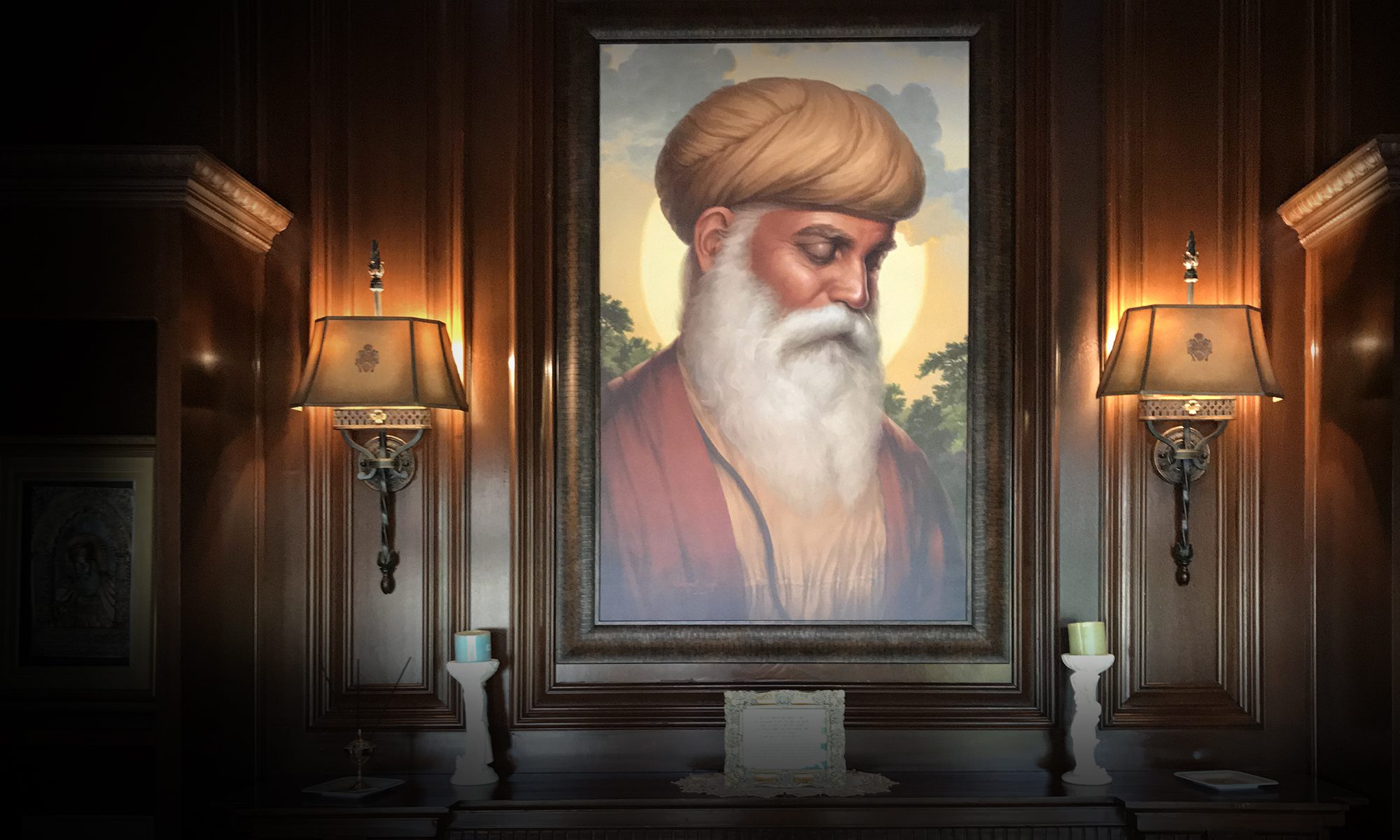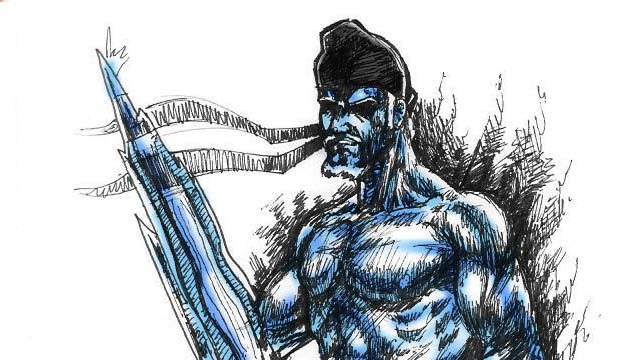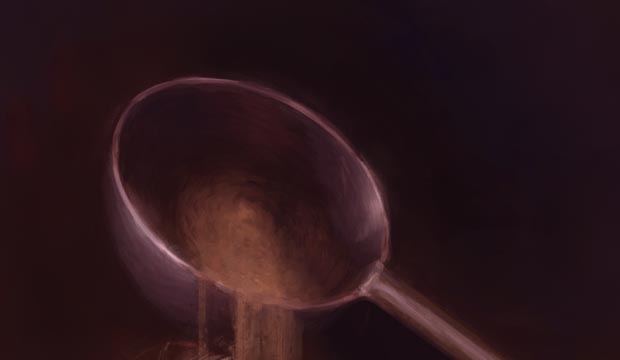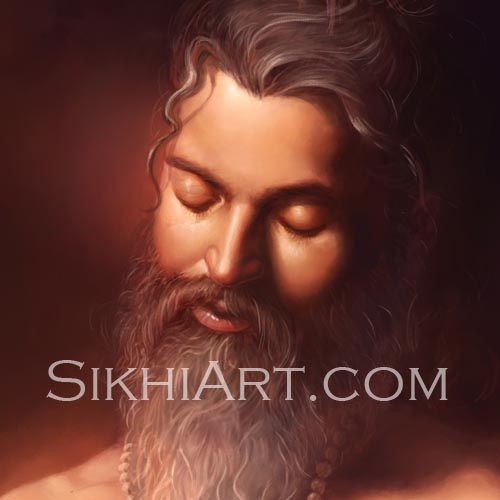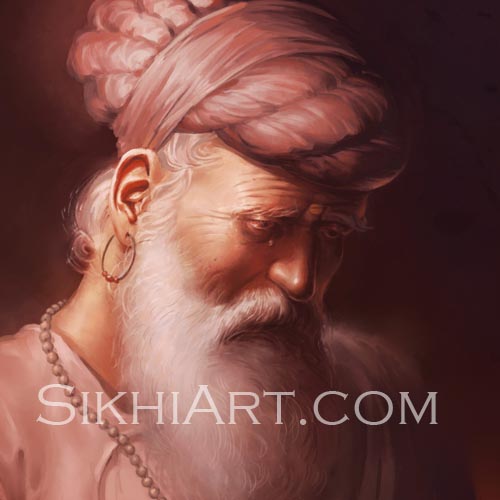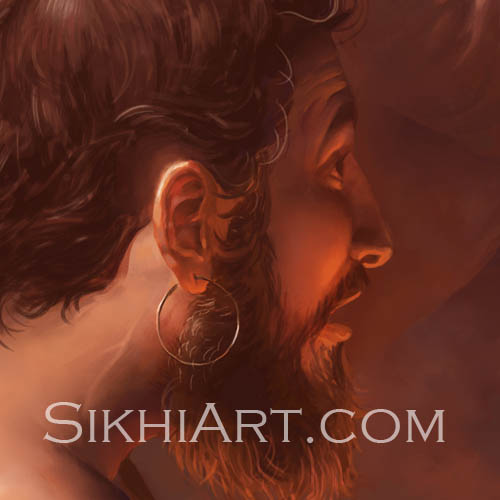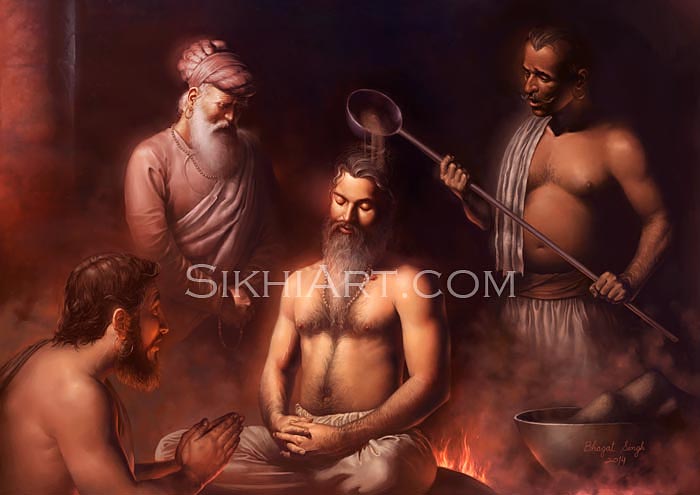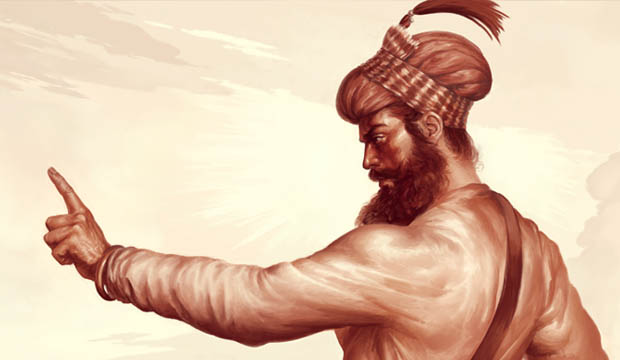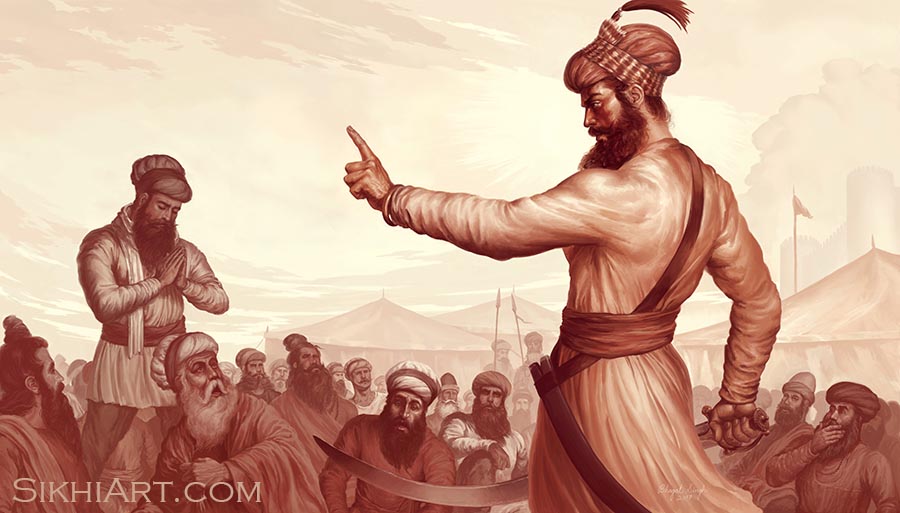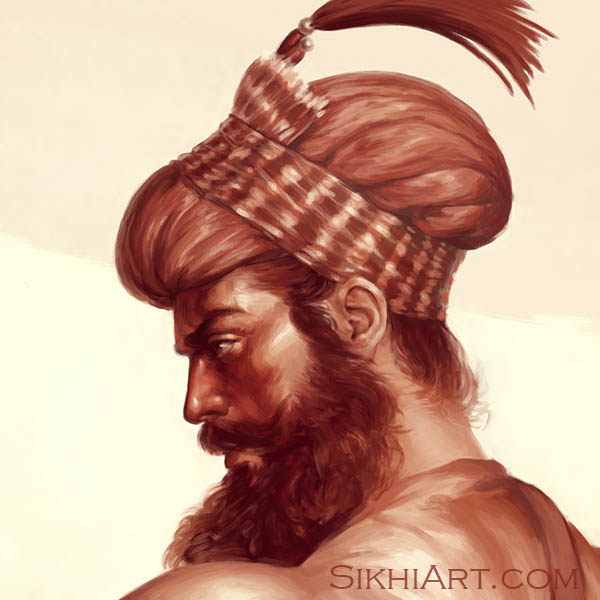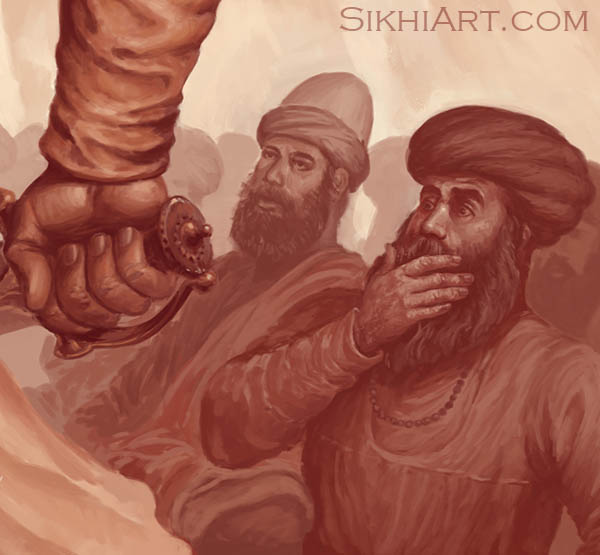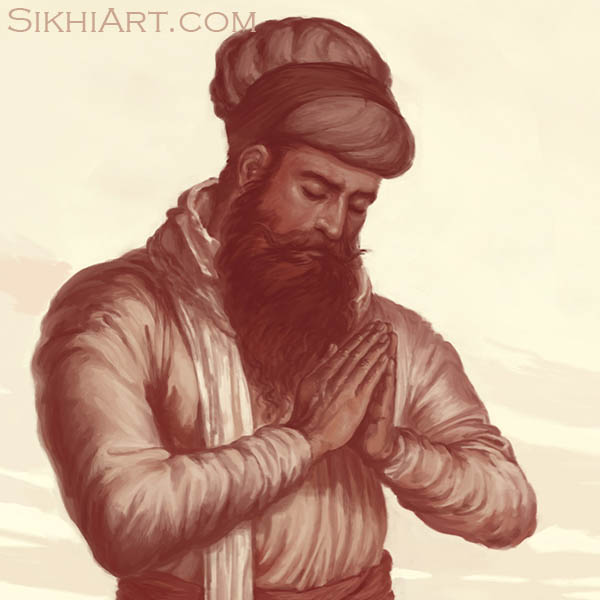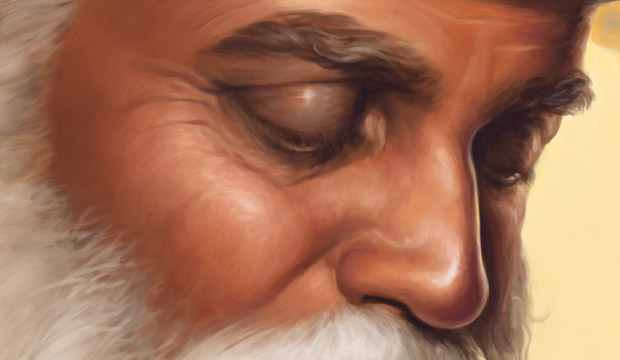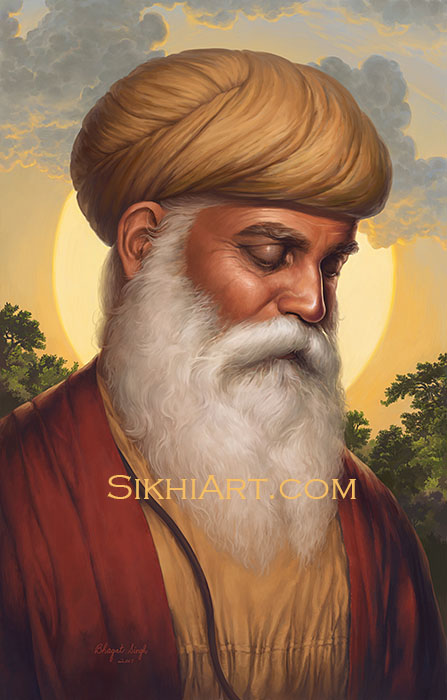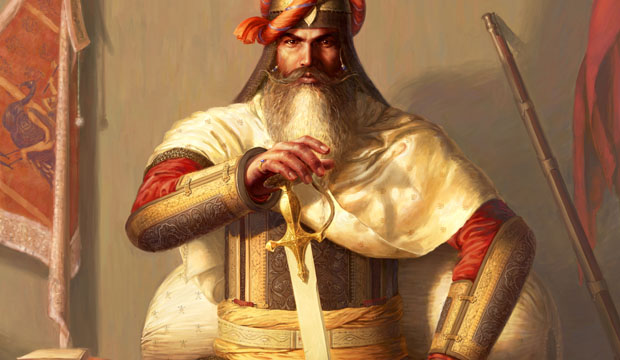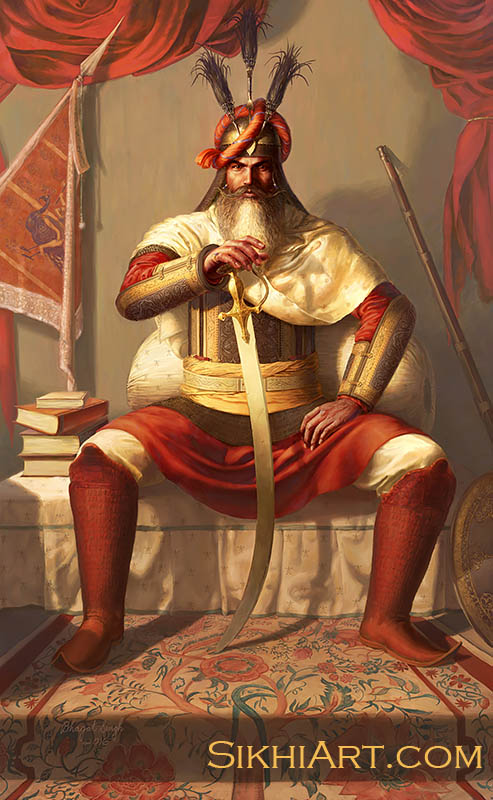I am a servant of the Supreme Personality.
Today I want to share something I have not shared with anyone. I want to share my purpose in this world and why I do the things I do, and paint the things I paint.
Ten years ago, when I was young, I saw that there weren’t many positive Sikh characters in the media. Bollywood movies were largely filled with Sikh caricatures and Sikh jokers.
Feeling the lack of positive representation in the media, I assumed the responsibility of creating powerful Sikh super heroes.
I created the Mutants – Born to Stand Out.
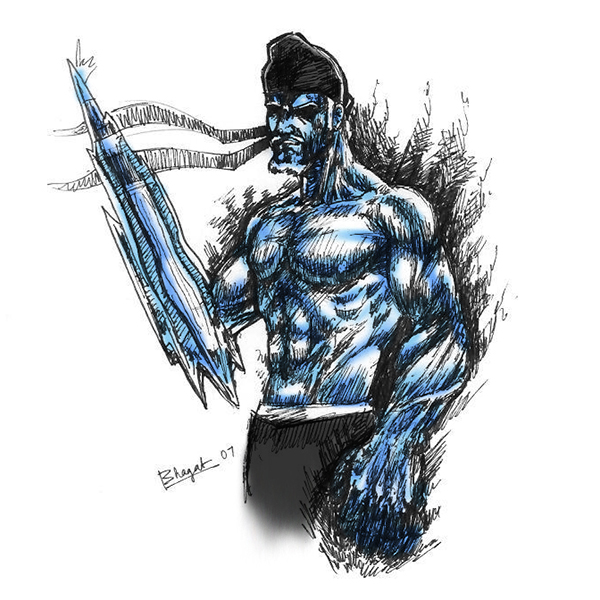
As I grew up I started painting ancients Sikh warriors from our history. I started painting the legendary warriors of the past, whose exploits I had heard about in sakhis told to me by my parents and grandparents.
I painted the fierce Mai Bhago ji, the fearless Sahibzada Ajit Singh ji and the legend of Baba Deep Singh ji.
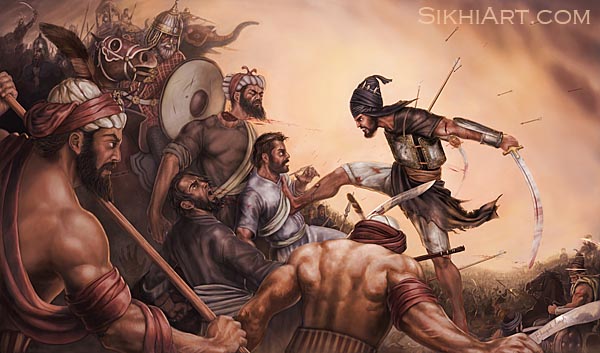
I was quite young at that time, still learning how to paint, but I was immersed in these paintings when I painted them. I was absorbed in each stroke of the brush and each dab of colour.
Sometimes I found myself watching a painting develop on its own. Sometimes I was the painting itself blossoming forth.
Painting had become part of my spiritual practice.
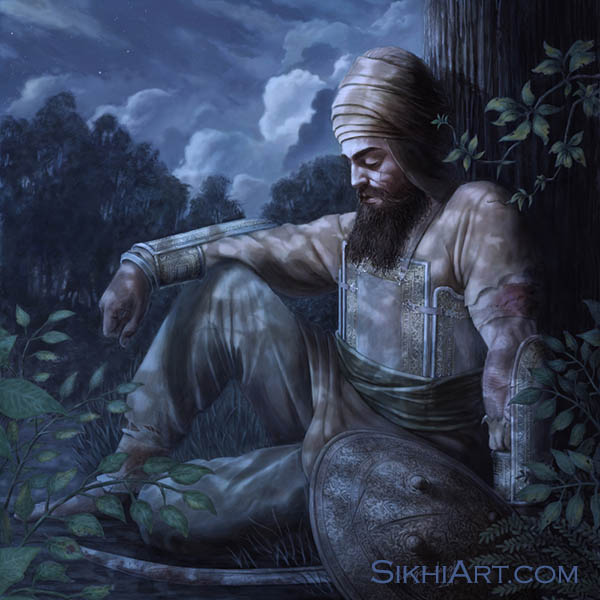
As I opened up spiritually, I began to realize that God has given every person on earth a purpose in life. He has given everyone a task to do and he has created it so that the person derives a great sense of meaning and satisfaction by fulfilling their purpose; they are inherently rewarded by it.
I realized that Waheguru has given me a purpose as well, and that purpose is to spread his glory throughout the world.
He told me to spread his glory, not just through paintings but also through my own actions – working hard and working smart, sharing what I know and possess, and cleansing the mind with the detergent of Ram naam.
He told me to create Sikhi Art and paint the Essence of Warriors and Saints, to let the world know about the sacrifices made by Sikh Warriors and Saints, and that essence which drives them – God.
He told me to paint the Gods, Gurus and Guardians, to spread the universal message described in Guru Granth Sahib, and to spread the important message of Universal Brotherhood and Unity of God.
He told me to Meditate on him daily, and to create paintings of the Meditative Process. This was to emphasize the importance of Spiritual Practice in day-to-day life.
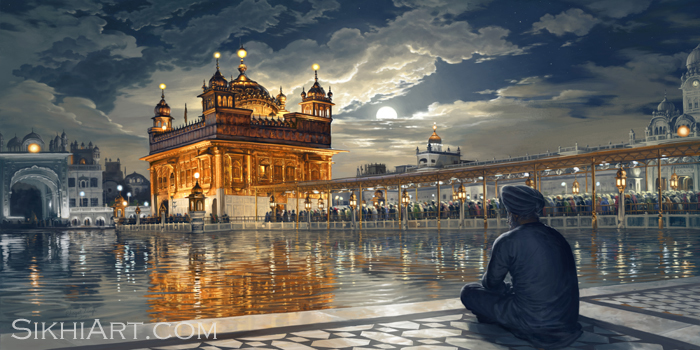
He didn’t physically come to me to tell me this. He didn’t speak to me with an audible voice.
He did it automatically, by orienting my mind towards meditation, towards painting and towards this lifestyle, and by filling my life up with more meaning and satisfaction when I oriented my mind towards him.
He did it simply by making me feel internally rewarded for doing things he wanted me to do.
Thank you for reading, and thank you for your love and support.
Bhagat Singh
Sikhi Art
